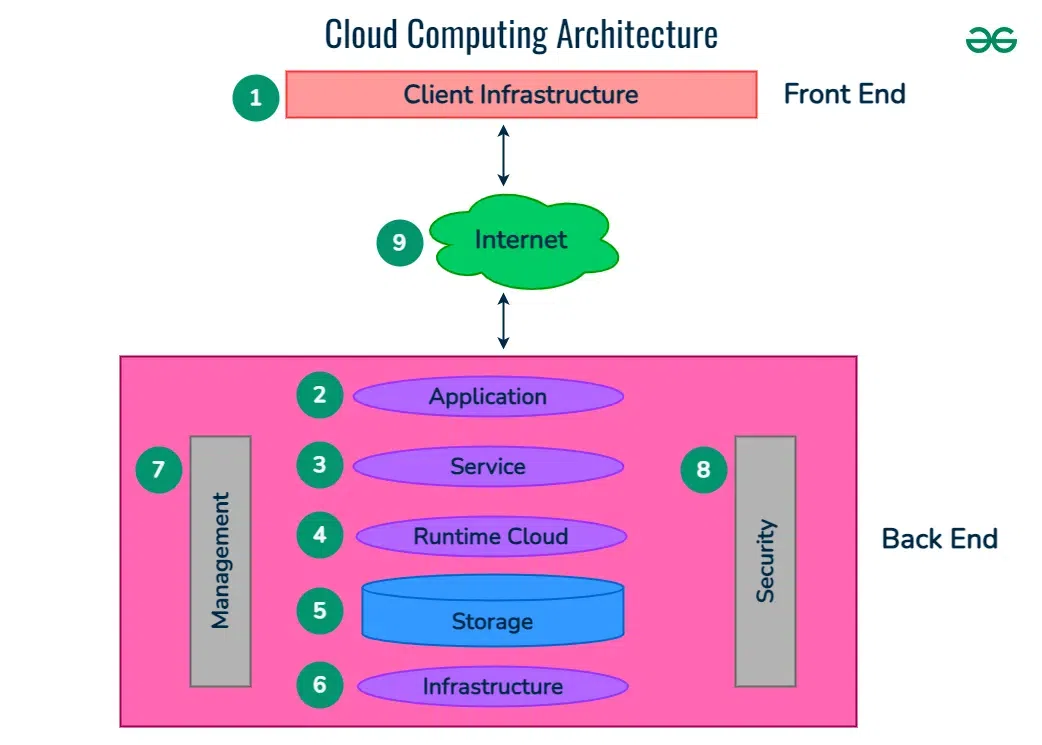Discover LinkDaddy Cloud Services for Universal Cloud Service Success: Press Release Insights
Discover LinkDaddy Cloud Services for Universal Cloud Service Success: Press Release Insights
Blog Article
Simplify Your Infrastructure With Cloud Solutions
As organizations navigate the ever-evolving landscape of innovation and data monitoring, the function of cloud solutions in simplifying infrastructure has actually come to be progressively prominent. The allure of streamlined processes, enhanced performance, and boosted resource allocation via cloud remedies is indisputable. Nevertheless, the journey in the direction of an extra economical and dexterous IT facilities entails greater than simply moving to the cloud. It requires a critical strategy and a deep understanding of the nuances of cloud fostering. Just how can companies properly browse this transition and really open the capacity of cloud solutions for simplifying their infrastructure?
Advantages of Cloud Services
Cloud solutions supply a structured method to handling IT infrastructure, supplying services with scalability, adaptability, and cost-efficiency. One of the vital benefits of cloud solutions is the scalability they supply.
Additionally, cloud services remove the requirement for companies to spend in costly equipment and software. This cost-efficiency is a considerable advantage, particularly for little to medium-sized ventures wanting to minimize in advance prices. By utilizing cloud solutions, organizations can access premium IT resources without the large cost tag connected with standard infrastructure configurations.
In addition, cloud services provide organizations with the versatility to access their data and applications from anywhere with a web connection. This level of accessibility improves collaboration among teams, allows remote job, and raises overall productivity. The adaptability supplied by cloud services empowers companies to adapt swiftly to transforming market conditions and client needs.
Cost Financial Savings and Scalability
In addition to the operational advantages highlighted previously, the assimilation of cloud services into a business's facilities yields significant cost financial savings and improved scalability. Cloud services supply a pay-as-you-go model, allowing services to range resources up or down based upon present requirements, thereby staying clear of the costs related to preserving excess capacity. This versatility makes it possible for firms to adjust rapidly to fluctuating demands without sustaining unnecessary expenses.
Furthermore, cloud solutions eliminate the requirement for upfront financial investments in software and hardware, lowering capital investment. Overhead are additionally minimized as business no more require to handle and preserve physical web servers, bring about reduced energy usage and IT staffing expenses. Furthermore, cloud services offer automatic updates and maintenance, ensuring that the infrastructure continues to be secure and updated without calling for hands-on interventions.
Boosted Safety Actions
Executing stringent safety and security steps is critical when integrating cloud solutions into a firm's framework to safeguard delicate information and make certain conformity with sector guidelines. Cloud solution carriers offer improved protection functions such as data security, firewall security, and multi-factor authentication to mitigate cybersecurity risks.
Additionally, normal safety audits and conformity evaluations help identify susceptabilities and guarantee adherence to market standards. Firms can likewise profit from features like automatic safety updates and real-time risk tracking offered by cloud solution suppliers. By focusing on security measures and remaining aggressive in resolving potential threats, companies can confidently utilize cloud services while safeguarding their beneficial information from unapproved gain access to or violations.
Transitioning to Cloud Infrastructure
To efficiently integrate cloud solutions right into a firm's infrastructure, an organized method that addresses the shift in the direction of cloud-based options is crucial. Transitioning to cloud facilities entails cautious preparation and execution to make sure a smooth movement procedure. The initial step is to examine the existing framework and establish which systems and applications appropriate for movement to the cloud. This assessment should think about variables such as data level of sensitivity, compliance needs, and efficiency needs.
When the evaluation is total, a migration technique ought to be created. This strategy must lay out the timeline, resources, and obligations for moving each element to the cloud. It is vital to interact this strategy plainly to all stakeholders to make sure positioning and reduce interruptions during the change.
Throughout the movement testing, process and surveillance are essential to determine and deal with any problems quickly. Normal checkpoints must be developed to track progression and make necessary changes. Additionally, training for employees on utilizing cloud services need to be offered to ensure a successful shift and take full advantage of the benefits of the brand-new facilities.
Ideal Practices for Cloud Fostering
Effective adoption of cloud solutions hinges on this hyperlink the strategic alignment of company purposes with technological capabilities and business readiness. To ensure a smooth shift to the cloud, organizations should begin by carrying out a detailed assessment of their current facilities and recognizing which workloads are best matched for cloud movement. It is vital to involve vital stakeholders from various departments in the decision-making process to gain buy-in and resolve any kind of issues early.
An additional ideal technique for cloud adoption is to prioritize safety and conformity. Organizations should meticulously review the protection actions provided by cloud company and make sure that their information is safeguarded according to sector standards and regulative needs. Applying robust data encryption, access controls, and normal protection audits can assist mitigate read what he said dangers connected with cloud adoption.

Final Thought

As companies navigate the ever-evolving landscape of technology and information monitoring, the duty of cloud solutions in simplifying framework has actually ended up being increasingly prominent - linkdaddy cloud services press release. How can services properly navigate this change and genuinely open the potential of cloud solutions for simplifying their infrastructure?
Cloud services provide a structured technique to managing IT facilities, giving organizations with versatility, cost-efficiency, and scalability. By making use of cloud services, businesses can access page high-quality IT resources without the significant cost tag connected with typical infrastructure setups.
To guarantee a smooth shift to the cloud, organizations should begin by conducting a detailed analysis of their present framework and determining which workloads are best suited for cloud movement.
Report this page